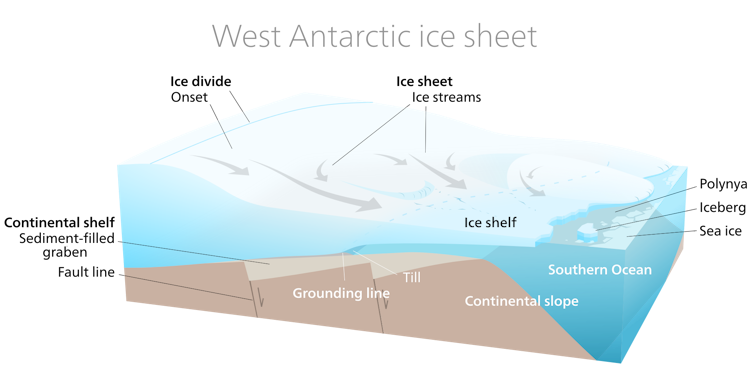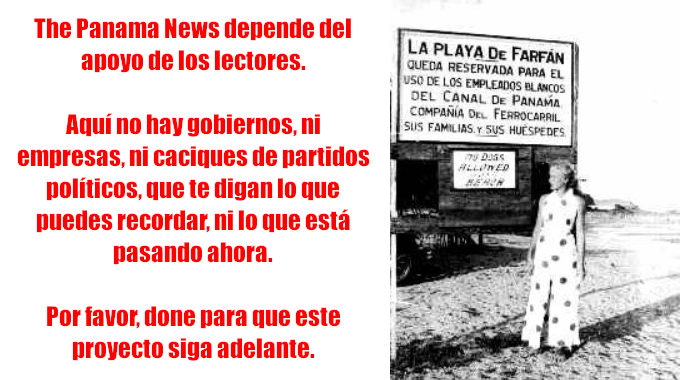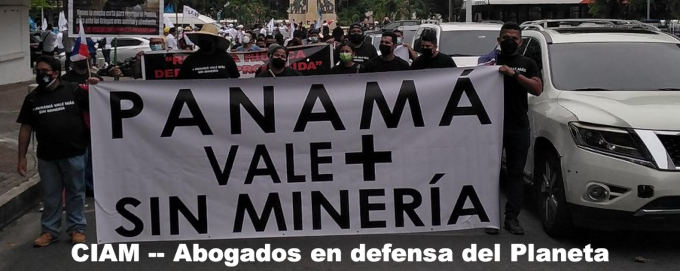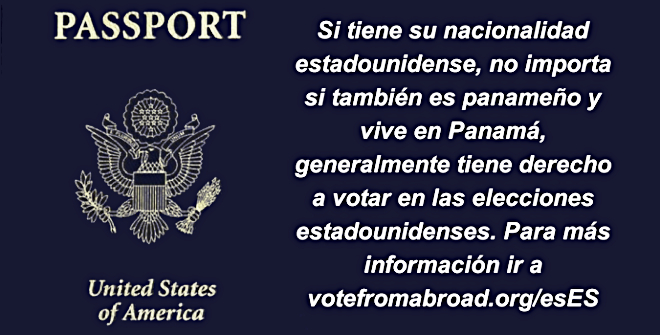The candidates and their spouses at the Democratic National Convention. Photo by Prachatai.
‘Coconut farmers for Harris,’ influencers and vertical signs – Smithsonian encounters at the Democrats’ convention
by Claire Jerry & Lisa Kathleen Graddy — political history curators at the Smithsonian Institution
At the 2024 Democratic National Convention alongside politicians and delegates from across the country are political history curators from the Smithsonian’s National Museum of American History, who are collecting what museum curators call “ephemera” – items that people wear, carry, hand out, display or otherwise use during the convention.
The Conversation US politics editor Jeff Inglis spoke with Claire Jerry and Lisa Kathleen Graddy about what they have seen so far and how attendees are using a wide range of items, including those distributed in an area called “DemPalooza.” They have not yet seen any hot dish-themed items referring to vice presidential candidate Tim Walz, who is the governor of Minnesota, where that type of meal is popular. But they have seen cheese-shaped hats and a couple of very interesting lapel pin-type buttons.
Inglis: What have you seen or collected so far?
Graddy: Some of the buttons we’ve been seeing are referencing the memes that have been coming out. One of the buttons says “Coconut farmers for Harris,” a riff on her mother’s saying, “Do you think you just fell out of a coconut tree?”
I was sitting on a shuttle on Aug. 20, heading to the convention center. There were a couple of women sitting near me, and one said she didn’t have any buttons yet, so the other – if I were going to hazard a guess at her age, I would say late 60s, early 70s – offered her a button to wear. As she was handing her a button, she said, “Here, you can wear one of mine. I don’t know why it says ‘coconut’ on it. Maybe it’s referencing her heritage.”
And I thought, “Interesting! You’re obviously not on social media. You haven’t seen this as a meme.”
There also was a button that said “Influencers for Harris,” and I thought that was interesting because it’s so tapped into social media influencing, and I’ve never seen that. In 2016 (fellow curator Jon Grinspan) and I were intrigued by the fact that Twitter had a booth. I think we picked up some little buttons with the Twitter and Instagram logos. It was very new as part of the campaign process. Now, there are people with press badges that say specifically “creator.”
Inglis: Press badges used to say “Washington Post” or “Chicago Tribune.”
Jerry: In our collection, we have convention badges for media, going back to the early days of the 20th century. Some of them will say “telegraph operator.” Some of them will say “newspaper.” They’re very specific. We don’t probably have any telegraph operators working media at this convention. Now, it’s “influencer.”
Inglis: Are there other items that connect with the past in some way?
 A new type of supporter for political campaigns has emerged. Lisa Kathleen Graddy, National Museum of American History.
A new type of supporter for political campaigns has emerged. Lisa Kathleen Graddy, National Museum of American History.
Graddy: One thing that we picked up is a classic. I always like to see what people are picking up in the official merchandise shop. I like to chat with people and see what they’re buying, see what’s really resonating with people and what’s popular.
There is a brooch that says “Harris 2024,” and it is bedazzled, rhinestone-esque. I’ve seen people picking it up and saying, “Oh look at the bling.” And I can never resist stopping to explain that’s in a tradition that goes back to “I like Ike” of rhinestone campaign jewelry. It’s nice to see that that is still continuing. A little bling in a campaign never goes out of fashion.
Inglis: On Tuesday night, there were some pretty prominent people who spoke. Were there any Obama or Clinton campaign materials that resurfaced?
Graddy: I’m sure someone, somewhere on their lanyard, is wearing their Obama button or one of their buttons from a past campaign. People tend to do that.
Jerry: I certainly saw that at the Republican National Convention. People would walk by and some people had Reagan buttons on. I actually saw some people wearing Nixon buttons at the RNC. So I would guess that Lisa Kathleen’s right, that individual delegates, who might have been a delegate in 2008, would be wearing buttons.
Graddy: I love people’s lanyards. One day I want to see somebody give us their entire lanyard, when they’re completely done with it, if their kids don’t want it. Because it’s like their history in politics is on their lanyard.
Inglis: Like a resume almost.
Graddy: It’s all their memories. I mean, that’s what material culture is, isn’t it? Your memories, right? The stuff that you save and you have in a bookcase and you save in scrapbooks and you hope your kids will see it.
Jerry: Those are two great metaphors. It’s your memories and it’s your resume. It’s saying, “I really am not just a casual delegate. I’ve been serious about this for a long time, and when I look at the buttons, what I see is my first convention or my first vote.”
Inglis: What has the scene been like on the convention floor?
Graddy: I love when everybody holds up their sign on a pole. There’s just a sea of them. When (President Joe) Biden came out to speak, looking down you couldn’t see the people. What you were seeing was simply a sea of signs. It’s just amazing.
Jerry: There were no signs like that on vertical sticks as a sea of signs at the Republican convention.
Former President Barack Obama speaks at the Democratic National Convention.
Graddy: It’s a very Democratic thing. They’ve been doing this for years. I’ll be honest: We take the stick out before it gets to the museum because it’s easier to store.
You see the convention staff coming out with bags, big green bags filled with these signs. And they start handing them out and passing them down the rows for people to hold up at a certain point. You can’t cue everybody, but you sort of know, because they’re all keyed to the speeches, it’s going to respond to something in a speech.
And you just sort of know about the right timing. I mean, you can wave your “Jill” sign at any point when (first lady) Jill Biden comes out, or when Doug (Emhoff, Kamala Harris’ husband) comes out, waving your “Doug” sign. But I was watching them bring out the big signs on sticks that said “Vote” and I thought, “What’s the cue for that?”
There’s a point in (former President Barack) Obama’s speech, he says something, and people start to boo, and he says, “No, no, don’t boo – vote.” And all the signs went up.
A former colleague of ours used to refer to it as “sign discipline.” The sign discipline is very tight at the Democratic convention. I’m fascinated with the way both conventions use the sign. It’s done for the cameras and it’s done for participation, so while you are participating, you are making visual statements for the event. There’s a level of call and response to it.
Jerry: Another metaphor would be choreography, a dance back and forth between the speakers and the people with the signs. Sometimes it’s almost like you can see the dance spreading from one side of the room that put their signs up and now the whole room is going to do it.![]()
Claire Jerry, Political History Curator, Smithsonian Institution and Lisa Kathleen Graddy, Political History Curator, Smithsonian Institution
This article is republished from The Conversation under a Creative Commons license. Read the original article.
Contact us by email at thepanamanews@gmail.com
To fend off hackers, organized trolls and other online vandalism, our website comments feature is switched off. Instead, come to our Facebook page to join in the discussion.
These links are interactive — click on the boxes
>





























